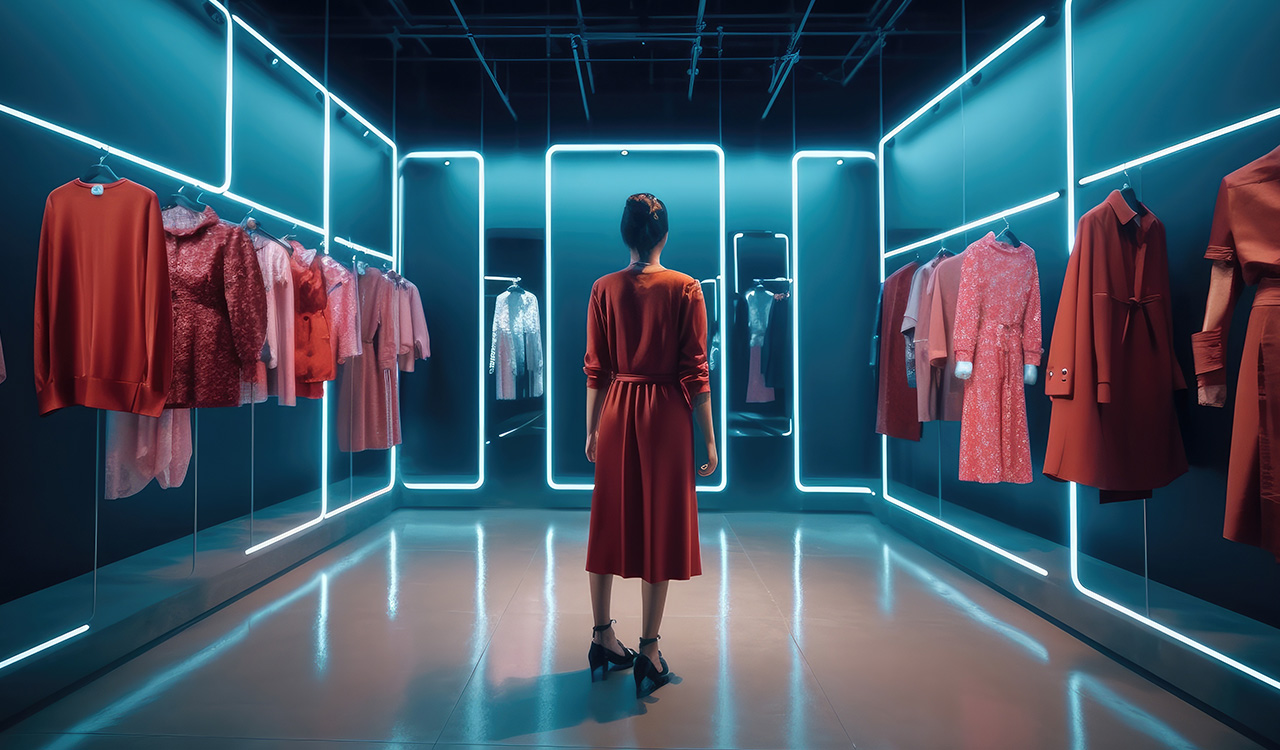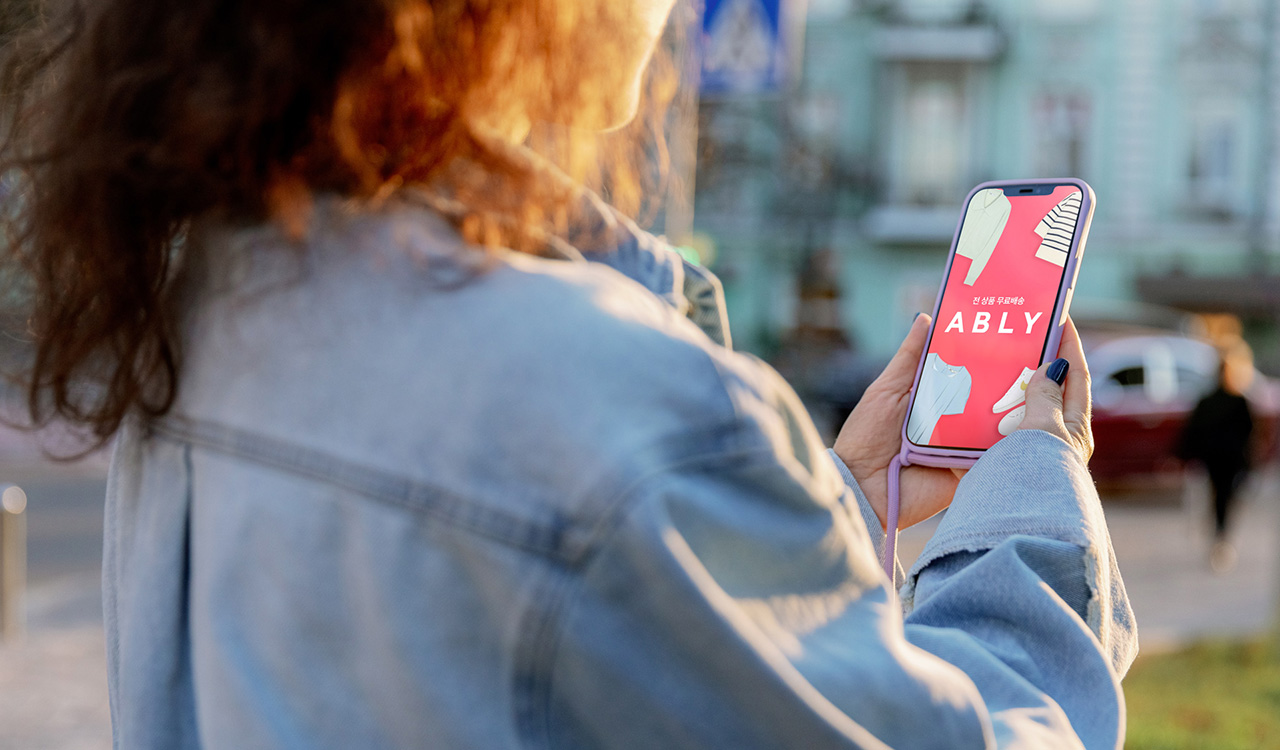There’s lots of talk in luxury brand circles about GenAI reshaping luxury innovation. The upcoming Luxury Innovation Summit to be held in October in Geneva will be devoted to exactly that topic. Over 500 executives are expected to attend to find out how.
For luxury companies to excel, they must do more and do it differently from their competitive cohort. Yet where innovation is concerned, most companies are doing the same things: talking to each other at conferences, engaging with already loyal customers, and watching the global news. However, the insights gleaned from these activities are largely anecdotal and don’t have the research rigor or statistical validity that big data analytics and professional market research can provide.
Innovation Gaps
For legacy luxury brands steeped in heritage, innovation presents a challenge. Too much change implemented too fast can threaten their winning calculus. That’s why so many luxury brands were so slow to adapt to the ecommerce revolution. Hermès, Chanel, and Louis Vuitton aren’t about to mess with the formula that created their legacy and keeps them in the black.
Yet luxury businesses must adapt to change in the market, and innovation is the strategy that drives business growth and progress. For example, in a survey among more than 1,000 executives, McKinsey found companies with strong innovation cultures – about 10 percent of the sample –are 4.5 times more likely than innovation laggards to offer products and services that consistently lead their industry in meeting new customer needs. They have the same lead when it comes to new products hitting their mark. In addition, by leaning into innovation, they are nine times more likely to consistently stay ahead of competitors in identifying “white space” in their markets.
What luxury brand can ignore such advantages? However, a recent survey conducted by Unity Marketing (UM) among over 430 executives working in the luxury industry found that innovation ranked number 10 out of 14 attributes that make luxury brands strong and resilient. Topping the list were devotion to quality (71 percent), craftsmanship (63 percent), authenticity (62 percent), commitment to service (56 percent) and artistry/design (52 percent). Being innovative and forward-thinking wasn’t even close at 32 percent. Regrettably, Innovation is not at the top of the mind when it comes to luxury brands; however, it should be.
Looking in All the Wrong Places
According to the luxury insiders surveyed, the most widely used innovation strategies were active listening to input from customers (73 percent), persistent scanning of the news for ideas (67 percent), monitoring social media for the voice of the consumer (55 percent) and attending conferences and seminars (57 percent).
All of these are useful and necessary, but they need to be shored up with more formal, structured, and proven innovation strategies. McKinsey cites fear as the single biggest factor holding back innovation, named by some 85 percent of executives. It’s fear of criticism, uncertainty, loss of control, and potential negative impact on one’s career. These are all human and understandable and help explain why luxury insiders prefer the easy, comfortable path to innovation rather than venturing into the challenging unknown.
Consumer psychologist Chris Gray, The Buycologist, explains resistance to change as a classic example of the cognitive bias called the “streetlight effect.” He explains this bias through the story of a policeman walking his beat at night who happens upon a disheveled, obviously drunk man on his hands and knees under a streetlight. The policeman asks what he’s looking for and the man says he lost his keys. “So, you lost your keys here under this streetlight?” the policeman asks. “No, but this is where the light is,” the drunkard responds.
Gray says this story illustrates our natural cognitive bias to search for things where they are easiest to find, not where they are most likely to be.
Behind the Times
For luxury companies to excel, they must do more and do it differently from their competitive cohort. Yet where innovation is concerned, most companies are doing the same things: talking to each other at conferences, engaging with already loyal customers, and watching the global news. However, the insights gleaned from these activities are largely anecdotal and don’t have the research rigor or statistical validity that big data analytics and professional market research can provide.
A word about the news, writ large. Not all news is created equally, and the concern about fake news and lazy news is creating a credibility problem. Chandler Mount, founder of the Affluent Consumer Research Company (ACRC) and collaborator in UM’s study, raises the issue that so-called news, especially as positioned on social media is “largely bought and sold (BS) media through the coordinated workings of brands’ PR machines and the media partners that feed the results to their audience.” Cynical? Maybe. But what is presented as news today is not necessarily the result of rigorous reporting.
“That nearly 70 percent of luxury companies are persistently scanning the news for insights suggests that many companies could be making strategic decisions based on bad information, bad in the sense that BS media is not necessarily true facts,” he shared.
The UM luxury insiders survey shows many industry players are dragging their feet when it comes to genuine innovation. A mere 13 percent of the surveyed companies are utilizing big data and artificial intelligence to support their innovation strategies. Only 18 percent have established an organizational structure to generate innovation initiatives, and fewer than one-third rely upon market research to gain insights directly from affluent consumers. Luxury brands need to look beyond the proverbial streetlight to find innovative opportunities to advance their brands, and that takes visionary leadership.
“The greatest tools for divining the market are big data/AI, market research and creating an organizational structure to drive innovation,” observed Mount. He adds, “Luxury companies must cultivate an innovation mindset permeating their organizations through broad-yet-specific understanding to shape strategy and use all the tools available to power it forward.”
The GenAI Dilemma
Impartial tools including AI and big data analysis can provide powerful unbiased insights into current customers’ shopping behaviors, preferences, and needs beyond anecdotes gathered from customer queries or social media monitoring. Disciplined market research gives a broader perspective on market opportunities and new customer needs that can’t be easily extracted from a company’s internal data platforms. The savvy, luxury brand leaders have been deploying basic AI/ML for data analysis to forecast demand, in supply chain management and to support other operational uses. The emergence of GenAI takes AI to a whole new level, both maximizing the opportunities and the challenges. GenAI promises transformative change for luxury brands, however, it is a polarizing flashpoint in our cultural conversation. On the plus side, it mimics human creativity – the lifeblood of luxury brands – but it lacks human cognitive abilities and contextual understanding. Also on the positive side, it holds the promise to expand human limits and accomplishments, but it has no moral compass. As our own Robin Lewis observes, “What it doesn’t deliver is wisdom, insight, and context. It is soulless.”
Yes but. It can be a useful tool, when used judiciously to augment the human creativity that is prized in creating luxury products. It’s early in the GenAI game, but mark our words, it can create luxury customer personas, amplify marketing messaging, and deliver design suggestions (for better or worse) that can help designers and marketers. It won’t replace them, but GenAI may be a partner to human decision-making and an alternative to making assumptions about customers and the marketplace.
More than a Transaction, Luxury Is Pure Customer Experience
In her new book, Beyond Luxury: The Promise of Emotion, former Chanel executive Carlota Rodben, who led the company’s innovation team in exploring retail strategies, states the challenge for AI in the luxury context must be centered on the human, not the technological dimension.
“The ultimate luxury in fashion and beauty transcends the physical. It lies in creating value that resonates with our emotional and psychological landscapes. Luxury is a multi-sensory experience, a deep emotion that captivates and transcends the ordinary, inviting us into a dreamlike state of beauty,” she writes.
Luxury’s innovation opportunity is to evolve from a transactional product and service orientation to one centered on experiences and emotional engagement. “In luxury retail, customer experience has always been paramount,” Deloitte explains in a report presented at the World Retail Congress entitled “Retail Reimagined: Creating Luxury Customer Experiences Using Data-Driven Insights.”
Deloitte’s report explores how GenAI can enhance the customer experience in authentic ways, instead of making customers feel they are a cog in a wheel being manipulated by forces they don’t understand and can’t control.
Observing that ecommerce digitalization has now surged within the luxury retail sector, Deloitte finds the industry has been slow to embrace the artificial intelligence revolution. “The consumer is now completely in charge and retailers have to accept this new reality and find ways of embracing technologies and channels to build new experiences and relationships with consumers,” said World Retail Congress chairman Ian McGarrigle.
Powering the Human Connection
Implementing big data to power marketing offers a significant opportunity for luxury brands, large and small. The International Data Corporation predicts GenAI could improve the productivity of corporate marketing activities by more than 40 percent over the next five years.
It’s needed since UM’s luxury insiders survey found that a significant portion of the company’s social media investment is largely wasted. On average, only 15 percent of the executives rated social media very effective in attracting new customers and engaging established ones, yet oxymoronically, nearly 40 percent plan to spend more on social media this year, the highest level for increased spending across the 12 marketing channels included in the survey.
For the luxury market, word-of-mouth (WOM) marketing is far better for attracting high-potential, affluent consumers. The greatest number of luxury executives named it as their most productive means of marketing because it thrives on personal connection. WOM is followed by hands-on contact with customers, including in-store service connections, meetings through sponsored events, personalized messaging, and phone calls.
The human/experiential side of the luxury equation is what author Rodben writes about. Implementing AI strategically and humanistically across corporate planning, supply chain, marketing and sales departments will enhance the company’s person-to-person potential to cultivate strong and lasting relationships with high-potential affluent customers who demand the best, both in product and service.
“Luxury is about people. AI is a tool that can shape and improve certain marketing and other corporate operations efforts. It doesn’t replace the personal side of business, and a full-on luxury AI experience doesn’t exist yet, but it’s coming,” observed ARCR’s Mount.
Staying Ahead of the Curve
Luxury brands can’t afford to be behind the curve on AI, as they were blindsided by the digital ecommerce revolution. “Technology enabled a lot of disruptors to come into luxury. They didn’t have the history, the heritage, or the specific crafts of the big luxury brands. But they had technology” said Chabi Nouri of investment and private banking firm Mirabaud Group, at the 2022 Luxury Innovation Summit.
“The biggest challenge for luxury brands today is the adoption of advanced technology. Craftsmanship, rarity, scarcity, experiences, and excellence are the qualities that made the success of luxury, but the relationships between the clients and brands are changing.
“It’s interesting to see luxury finally realizing the clients are in the driver’s seat and taking control of the way they want to live the luxury experience. Brands have to assimilate advanced technology into their real ways of working to serve new value for the customer,” she concluded.




